
Whales: An Unforgettable Journey (1997)
Scientists visit the remote surface and undersea locations to study various species of whales in their natural habitat.

Scientists visit the remote surface and undersea locations to study various species of whales in their natural habitat.
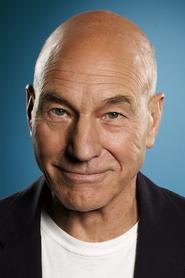 Patrick StewartNarrator
Patrick StewartNarratorThis equine odyssey travels such little-known turf as General George Patton's involvement in a daredevil World War II coup called "Operation Cowboy" that rescued 500 of Austria's famous white Lipizzans. It is a stunning behind-the-scenes production on the Spanish Riding School of Vienna, spiced with legends even linked to the prophet Mohammed.
Woman Draped in Patterned Handkerchiefs is a 1908 British short silent documentary film, directed by George Albert Smith as a showcase his new Kinemacolor system, which features a woman displaying assorted tartan cloths, both draped on her body and waved semaphore-style. The patterned handkerchiefs are, according to Michael Brooke of BFI Screenonline, “presumably the same cloths featured in Tartans of Scottish Clans (1906), this time shown from various angles.”
Commissioned by Philips, Europa Radio celebrates the company’s experimental PCJJ shortwave radio station in Eindhoven that went on air in 1927 and broadcasted to Europe as well as the rest of the world in various languages. Hans Richter’s film covers one day from morning to night, showing the range and scope of the daily radio programs – from stock market news and sports events to live concerts and a speech by Albert Einstein. (via: impakt.nl)
A 1936 documentary film about the London to Portsmouth railway. A lesser known contemporary of Night Mail, also featuring the music of Benjamin Britten and poetry of W.H. Auden.
High-speed film and time-lapse photography combined to create breathtaking images of the night sky and Halley's Comet in this astronomical short subject.
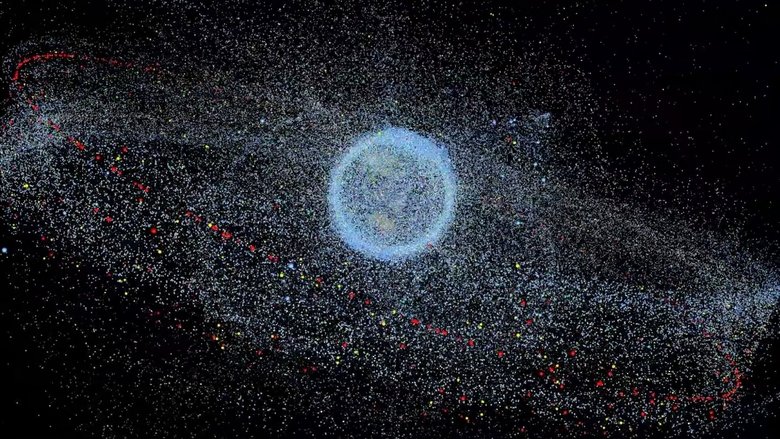
50 years after launching our dreams into space, we’re left with a troubling legacy: a growing ring of orbiting debris that threatens the safety of earth’s orbits. SPACE JUNK is a visually explosive journey of discovery that weighs the solutions aimed at restoring our planet’s orbits. Experience mind-boggling collisions, both natural and man-made. Soar for the stunning depths of Meteor Crater to an unprecedented view of our increasingly crowded orbits – 22,000 miles above earth. Join us as foremost expert Don Kessler, the “Father of Space Junk,” guides us through the challenges we face in protecting them, forging a new age of space discovery.
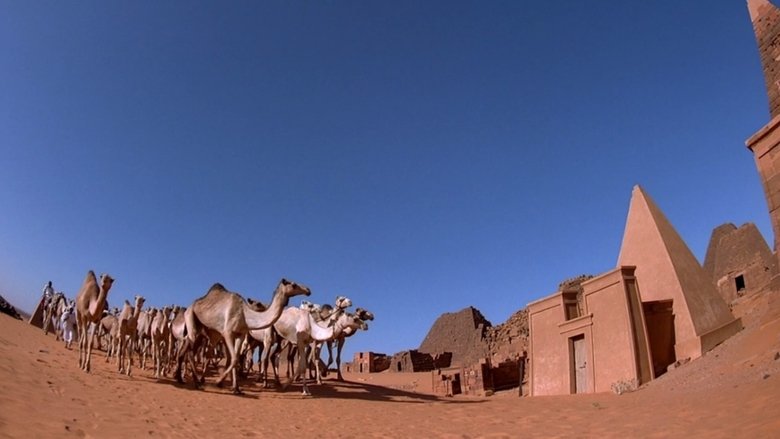
Filmed in IMAX, a team of explorers led by Pasquale Scaturro and Gordon Brown face seemingly insurmountable challenges as they make their way along all 3,260 miles of the world's longest and deadliest river to become the first in history to complete a full descent of the Blue Nile from source to sea.

A big-screen look into one of America's most successful entertainment industries, NASCAR racing.

12,000 feet down, life is erupting. Alvin, a deep-sea mechanized probe, makes a voyage some 12,000 feet underwater to explore the Azores, a constantly-erupting volcanic rift between Europe and North America.
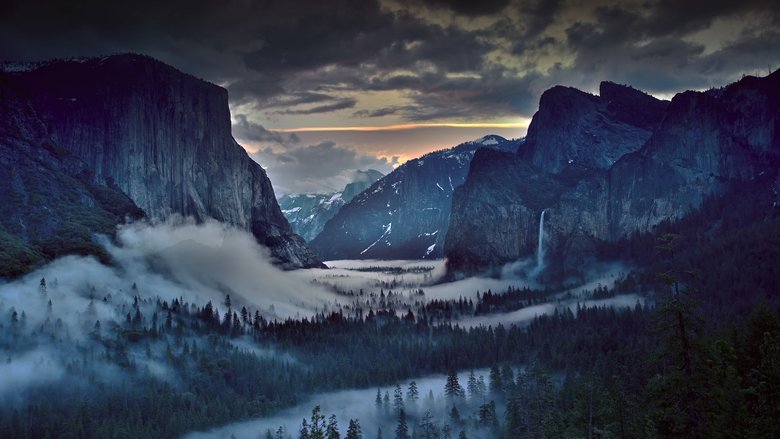
Narrated by Academy Award winner Robert Redford, National Parks Adventure takes audiences on the ultimate off-trail adventure into the nation’s awe-inspiring great outdoors and untamed wilderness. Immersive IMAX 3D cinematography takes viewers soaring over red rock canyons, hurtling up craggy mountain peaks and into other-worldly realms found within America’s most legendary outdoor playgrounds, including Yellowstone, Glacier National Park, Yosemite, and Arches. Celebrate the 100-year anniversary of the national parks with world-class mountaineer Conrad Anker, adventure photographer Max Lowe and artist Rachel Pohl as they hike, climb and explore their way across America’s majestic parks in an action-packed expedition that will inspire the adventurer in us all.

500 million years ago life left this blue womb and colonized the land, but we are still intricately linked to the ocean. Our climates, coastlines, ecosystems, and economies are tied to the perpetual movement of water between continents. The great ocean currents are the arteries and veins of Planet Earth! This is the story of one particularly fascinating flow – the East Australian Current, a massive oceanic river that stretches the length of Australia’s east coast.

An underwater voyage to Indonesia to learn about its inhabitants such as giant rays and whale sharks as well as efforts being made in the region for ocean conservation.
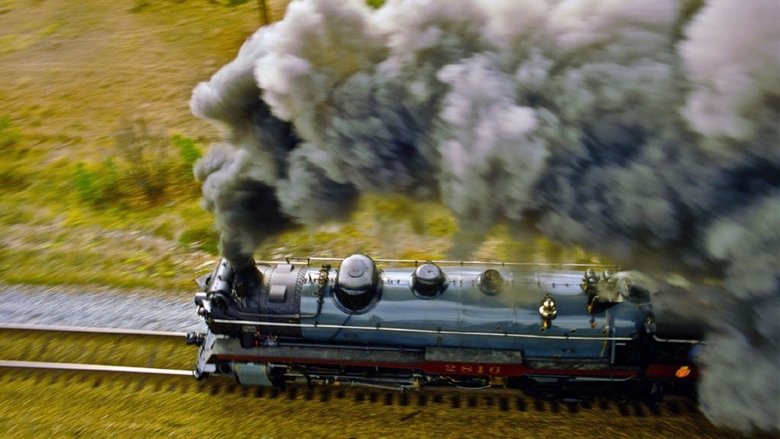
A history of the nation's first transcontinental railway accompanies a steam-train ride through the Canadian Rockies.
Little Monsters presents some of the animal kingdom’s strangest survival strategies: poison dart frogs, chameleons, praying mantises and scorpions, to name but a few. Thanks to 3D visualization, large audiences can experience a chameleon thrusting out its tongue at close range, rattlesnakes striking at their targets to within fractions of an inch, praying mantises hunting and hummingbirds feeding, filmed from inside the flower! And with its ingenious combination of slow-motion 3D and timelapse 3D, “Little Monsters” even improves upon state of the art 3D for greater impact, yielding unbelievable scenes the world has never seen and “felt” before.
Consisting of a single shot, Spiders on a Web is one of the earliest British examples of close-up natural history photography. Made by one of the pioneers of the British film industry, G.A. Smith, this short film details spiders trapped in an enclosure, and despite the title, does not actually feature a web.
The film was filmed in Bibi-Heybat, a suburb of Baku (now the capital of Azerbaijan), during a fire at the Bibi-Heybat oil field. The film was shot on 35mm film by the Lumiere brothers in 1898. On August 2 of the same year, a demonstration of Alexander Michon's program took place, which included the film "Fire at an oil fountain in Bibiheybat".
A look at the artwork of Aleister Crowley.

After Saddam Hussein had the Kuwait Oil wells lit up, teams from all over the world fought those fires for months. They had to save the oil resources, as well as reduce air pollution. The different teams developed different techniques of extinguishing the fires. Man's emergency creativity can be seen at it's best.
By land, by air, and by sea, viewers can now experience the struggle that millions of creatures endure in the name of migration as wildlife photographers show just how deeply survival instincts have become ingrained into to the animals of planet Earth. From the monarch butterflies that swarm the highlands of Mexico to the birds who navigate by the stars and the millions of red crabs who make the perilous land journey across Christmas Island, this release offers a look at animal instinct in it's purest form.